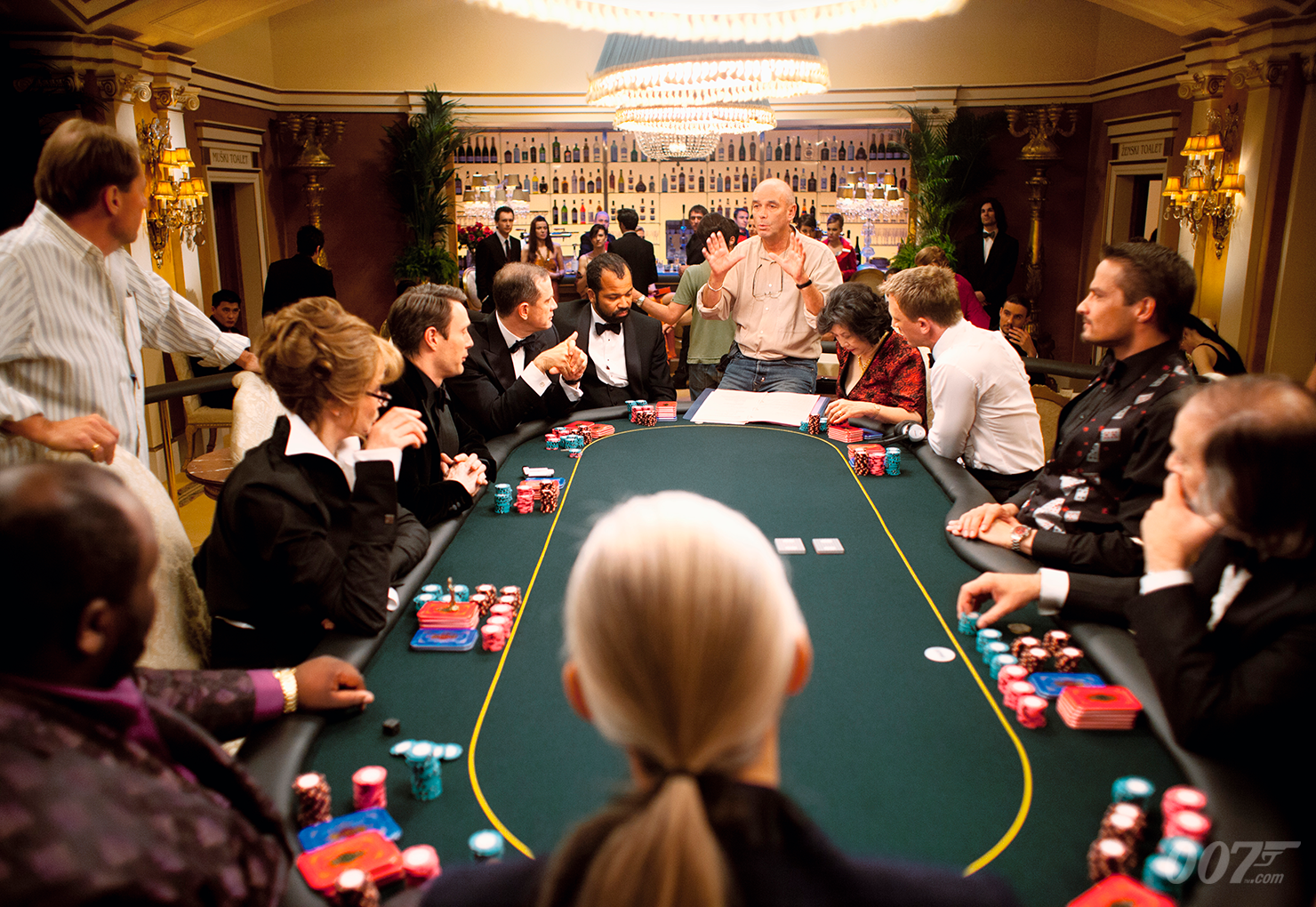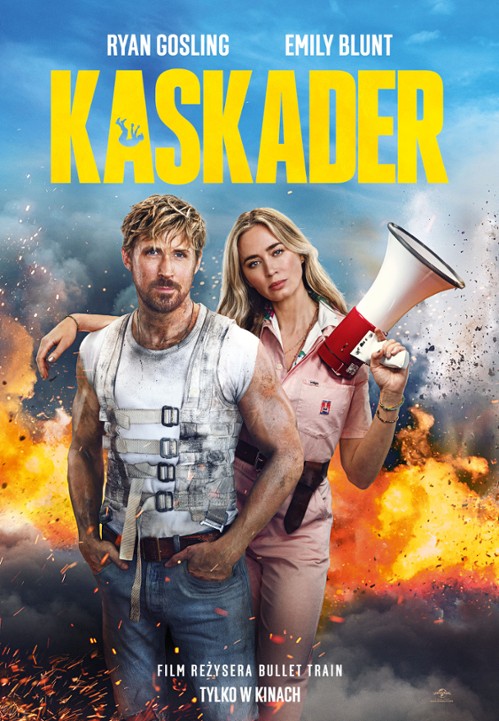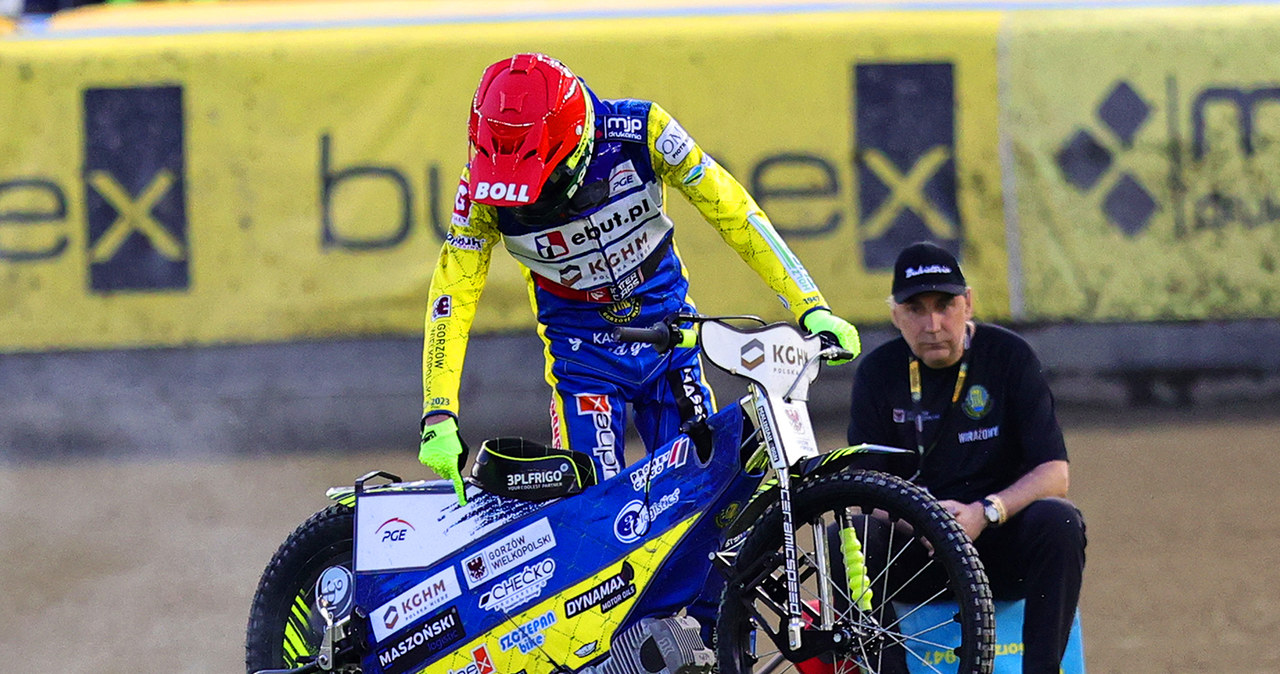Gambling, an activity laden with thrill and risk, has perpetually captivated the imagination of filmmakers throughout the history of cinema. From the resplendent casino scenes in classic masterpieces to the intricately portrayed narratives in modern films, the evolution of gambling in cinema is a testament to shifting perspectives on chance. This enthralling voyage not only mirrors the changing societal attitudes towards gambling but also parallels the growth and maturation of storytelling and filmmaking techniques.
The Golden Era: An Era of Classic Films and Alluring Casino Splendor
In these timeless classics, the casino itself transcended a mere backdrop and became a character, adorned with opulence and glamor. The cinematography of this era brilliantly captured the allure of casino interiors, featuring glistening chandeliers, exquisitely dressed individuals, and the unmistakable clinking of chips. Characters like Humphrey Bogart’s enigmatic Rick Blaine in “Casablanca” embodied the epitome of the suave gambler, injecting an element of intrigue into the narrative.
The Maverick and the Antihero: The Advent of New Wave Cinema
During the 1960s and 1970s, portrayals began to change. The traditional suave gambler gave way to antiheroes and mavericks who navigated the gritty underbelly of the gambling world. The movies “The Hustler” (1961) and “Cool Hand Luke” (1967) showed us protagonists whom we could admire, despite their troubled past.
This era witnessed a departure from the glamorous casino settings, with filmmakers opting for more realistic and gritty portrayals of gambling dens. The focus shifted from external grandeur to internal struggles, offering a nuanced and introspective view of the gambler’s psyche.
The late 20th century witnessed a surge in the popularity of poker, particularly Texas Hold’em, and this cultural phenomenon found its way onto the silver screen. Poker became associated with extreme strategy and witty protagonists. The protagonists of these films transcended mere gamblers; they evolved into strategic thinkers, akin to chess players navigating a complex board.
Modern Masterpieces: Intricate Narratives and Ethical Ambiguity
In the 21st century, gambling in cinema evolved to encompass the intricate complexities of human relationships and moral dilemmas. The films “Casino Royale” (2006) and “The Gambler” (2014) had protagonists that were ethically ambiguous yet exciting for moviegoers.
“Casino Royale,” a part of the renowned James Bond franchise, redefined the suave gambler archetype by delving into the vulnerabilities and emotional depth of its protagonist, James Bond. The poker scenes were not just about monetary gains or losses; they were integral to the character’s journey of self-discovery.
“The Gambler” took a more introspective approach, exploring the self-destructive tendencies of a literature professor entangled in high-stakes gambling. Beyond the thrill of the game, the film dissected the psychological and emotional toll of compulsive gambling, offering a stark portrayal of addiction.
Technological Advancements: Virtual Gambling on the Cinematic Canvas
With the advent of digital technology, filmmakers have embraced virtual gambling as a captivating narrative tool. Many movies explored the world of online gambling. Take a look at “21” (2008) and “Runner Runner” (2013). This trend reflects the growing popularity of online casinos due to the better features offered when compared to their retail counterparts.
To get an idea of this, just check out the great online casinos recommended at casinobonusca. They have really scraped the web for the best casino bonuses, which is a key feature that makes online casinos so much more attractive. They have also taken great lengths to make sure they recommend trusted and licensed online casinos for users in Canada. Players can even choose from money casino game providers, such as Microgaming, NetEnt, and others. It is easy to see why so many people are signing up with online casinos.
Conclusion: A Tapestry Reflecting Society and the Art of Storytelling
The cinematic transformation of gambling, from classic films to modern masterpieces, serves as a mirror reflecting societal changes and the ever-evolving nature of storytelling. What commenced as glamorous portrayals of suave gamblers in opulent casinos has metamorphosed into intricate explorations of human psychology, morality, and the multifaceted dimensions of gambling culture. Filmmakers continue to draw inspiration from the realm of games of chance, adapting their narratives to mirror the ever-shifting landscape of the industry and society at large.

“Prone to fits of apathy. Introvert. Award-winning internet evangelist. Extreme beer expert.”










